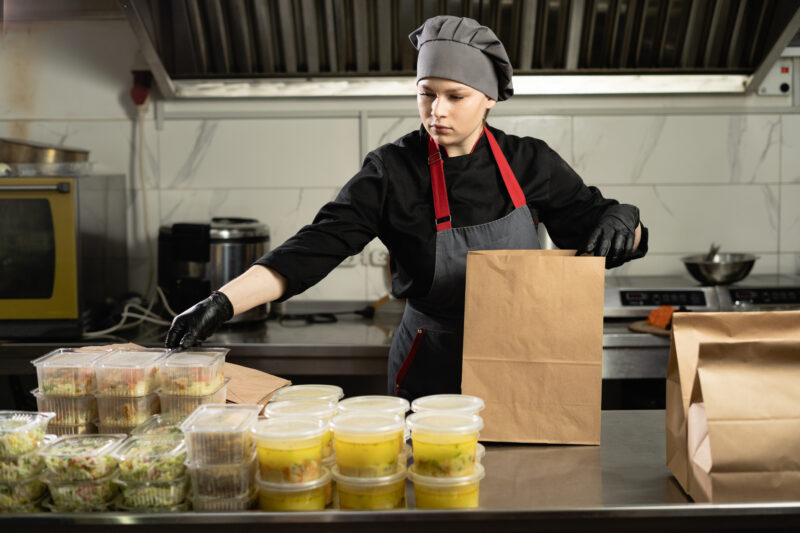The Rise of Ghost Kitchens: Factors Driving Their Popularity
In the dynamic landscape of the food industry, ghost kitchens are emerging as a dominant trend, redefining the way we perceive and experience dining. For those unfamiliar, ghost kitchens, sometimes referred to as virtual or cloud kitchens, operate solely for delivery or take-out, eliminating the traditional dine-in space. But what factors are fueling their rapid rise? Let’s delve deep with The Cookline.

1. The On-Demand Economy and Digital Transition
One of the primary reasons ghost kitchens are soaring in popularity is the increasing consumer reliance on digital platforms for food orders. Apps like Uber Eats, DoorDash, and Grubhub have become household names, facilitating the trend of ordering in over dining out.
2. Cost-Effective Operations
Starting a traditional restaurant can be a massive financial undertaking, considering the costs of real estate, interior decoration, and staffing for both kitchen and front of the house. Ghost kitchens, however, require a fraction of that investment, as they focus solely on the cooking aspect. This means lower overhead costs and potentially higher profit margins for operators.
3. Adaptable and Scalable Business Model
These kitchens provide restaurateurs the flexibility to adapt to market trends quickly. Whether it’s launching a new cuisine, tweaking the menu, or even opening multiple brands under one roof, these kitchens are designed for scalability and swift adaptability.
4. Navigating Pandemic Challenges
COVID-19 dramatically impacted the restaurant industry, forcing many establishments to shut their doors. However, ghost kitchens thrived, as the model is inherently contactless and tailored for delivery. Even post-pandemic, the appeal of safe, contactless delivery continues to drive their growth.
5. Urbanization and Space Constraints
In densely populated urban areas, real estate comes at a premium. Ghost kitchens, requiring less space than traditional restaurants, offer a solution to this challenge. Plus, their model allows them to be located in areas that might not be prime for a full-service restaurant, yet are strategic for delivery logistics.
6. Experimentation and Innovation
Ghost kitchens act as a culinary incubator of sorts. Chefs and entrepreneurs can test out unique concepts, cuisines, or dishes without the risk of investing in a full-scale restaurant. If a particular idea doesn’t resonate, pivoting becomes easier and more cost-effective.
7. Eco-Friendly Potential
With no dine-in services, there’s a reduction in resources like water and energy typically used for washing dishes or maintaining a dining area. This presents an opportunity for ghost kitchens to be more eco-friendly, especially if they further incorporate sustainable practices in their operations.
Ghost kitchens are undeniably transforming the culinary landscape. Their meteoric rise, backed by digital trends, cost-efficiency, and adaptability, positions them as a formidable player in the industry’s future. As we continue to witness their evolution, businesses like The Cookline are at the forefront, offering insights and innovations to keep pace with this transformative trend. For more information, give us a call today!
Stay tuned for more updates and insights from The Cookline, your trusted partner in the world of ghost kitchens.
